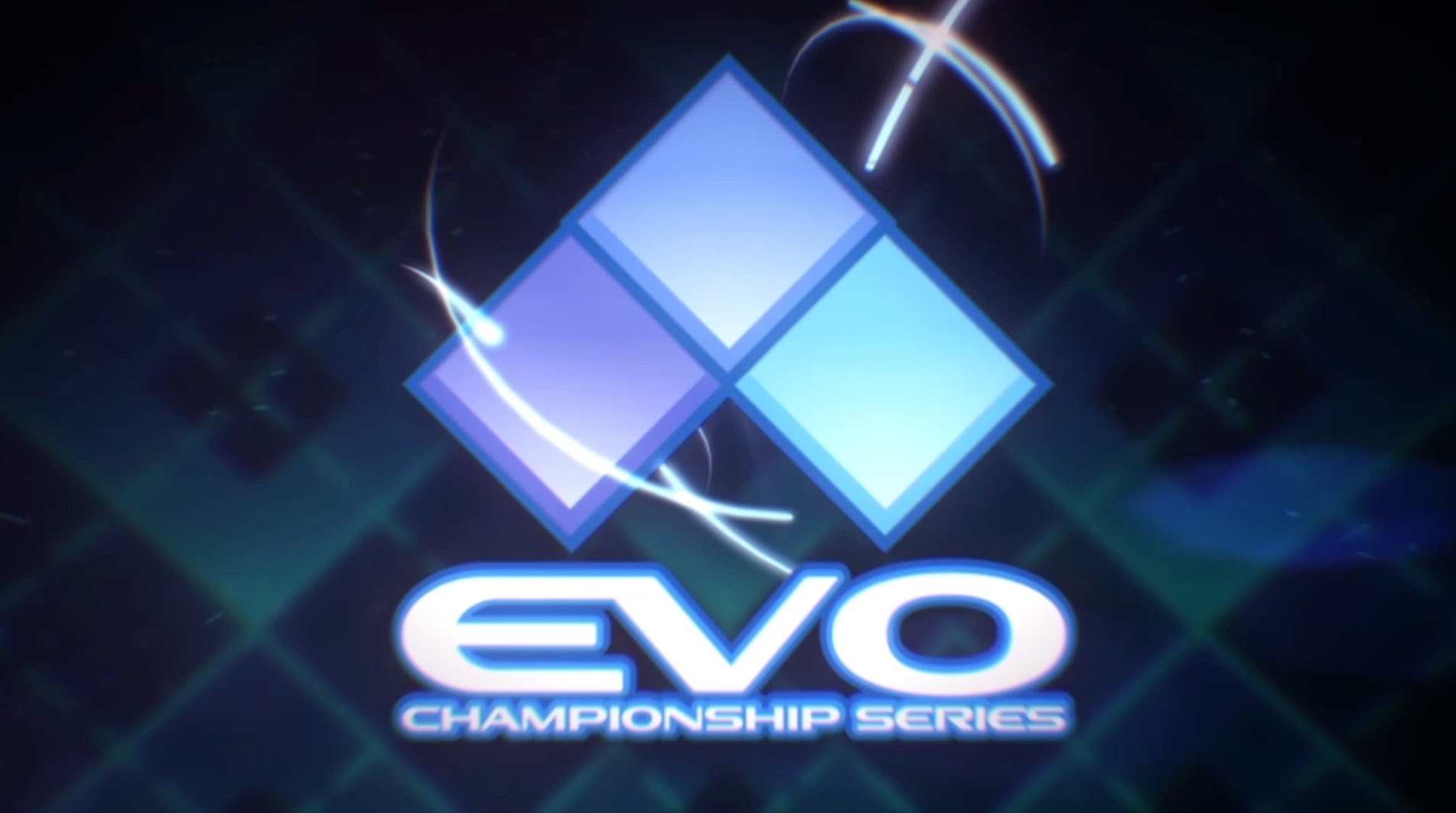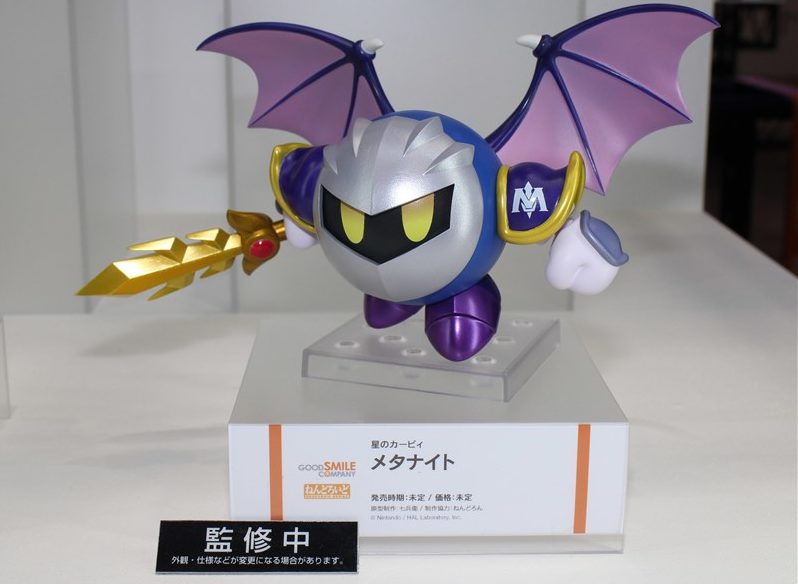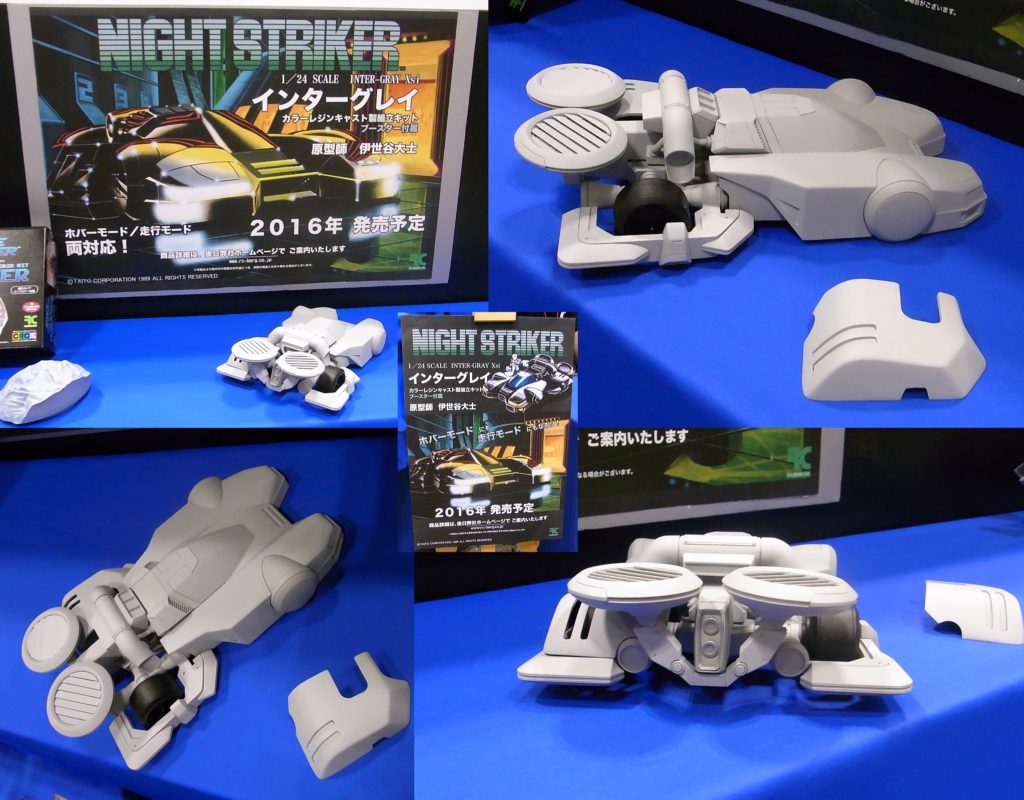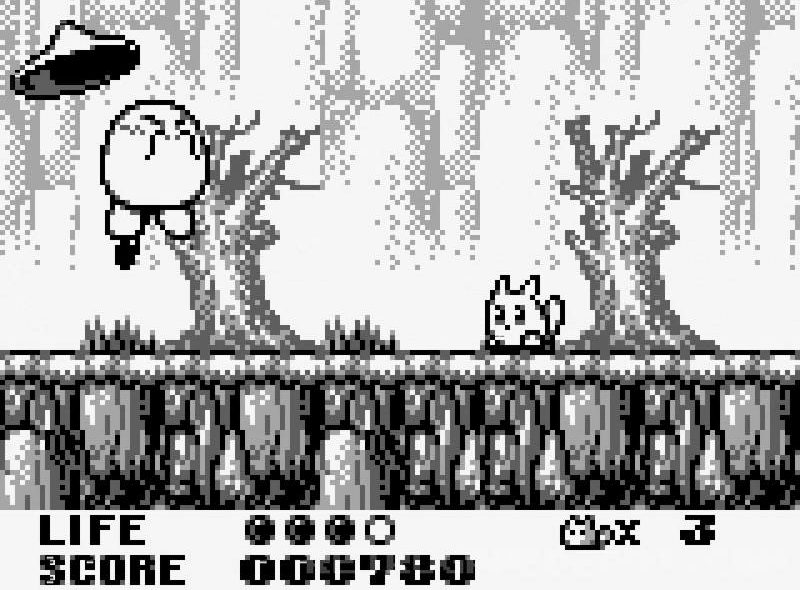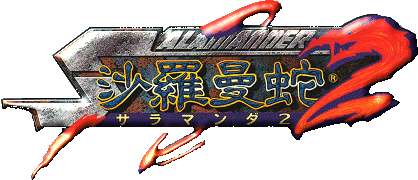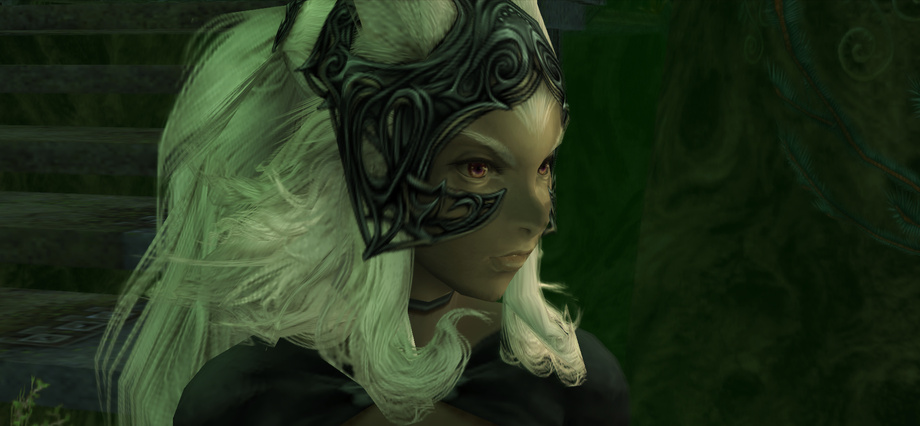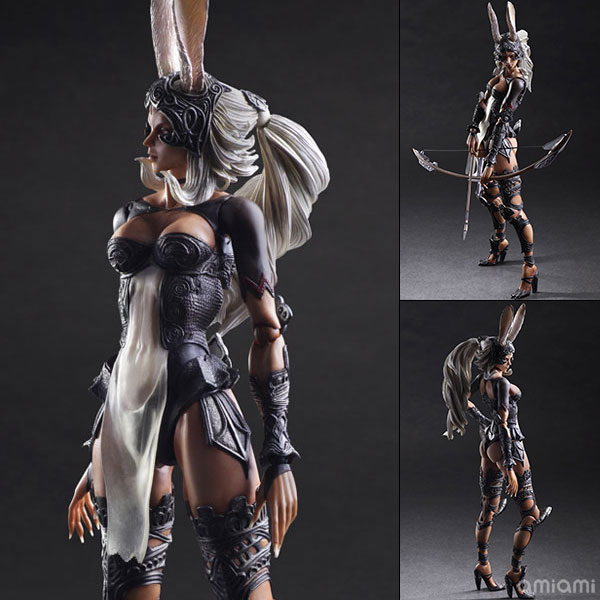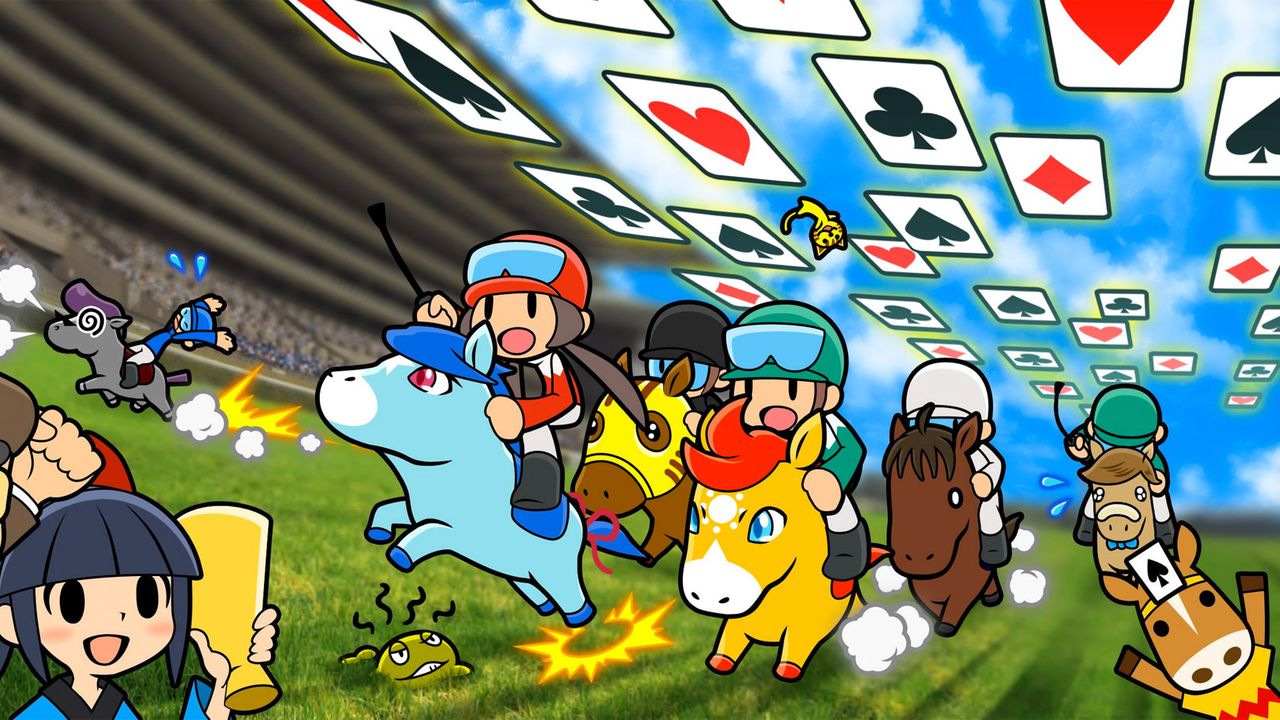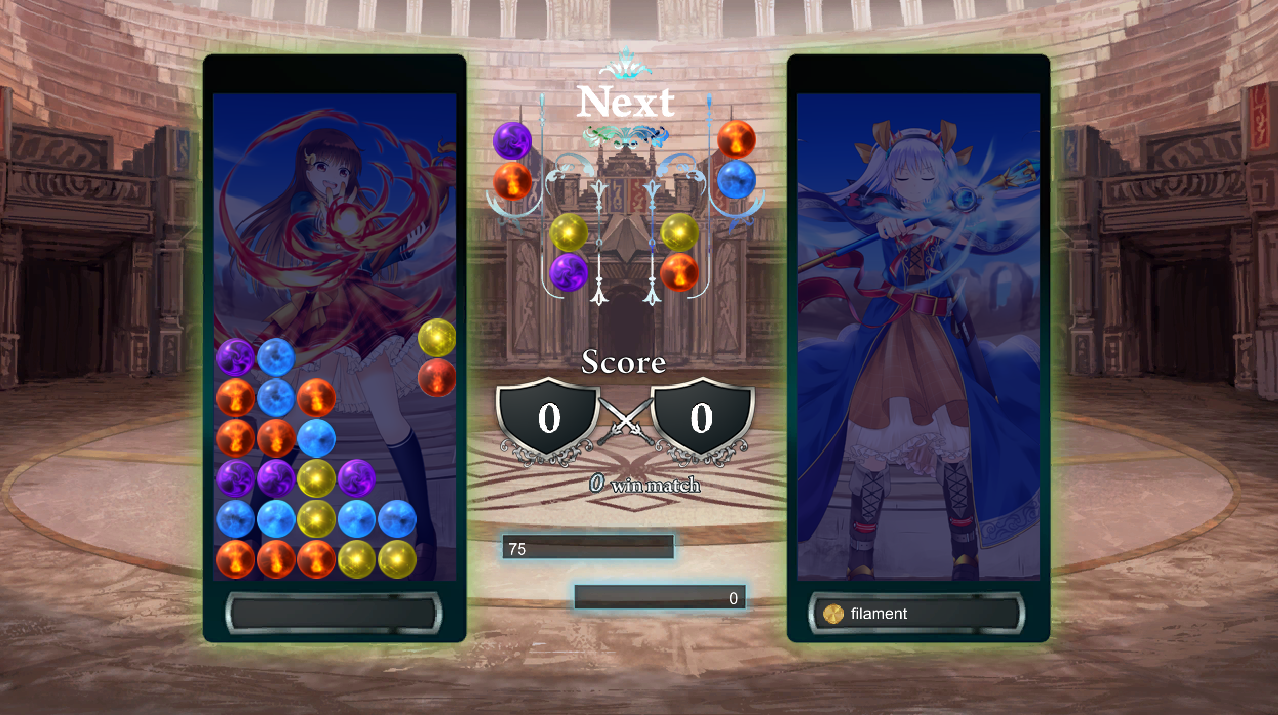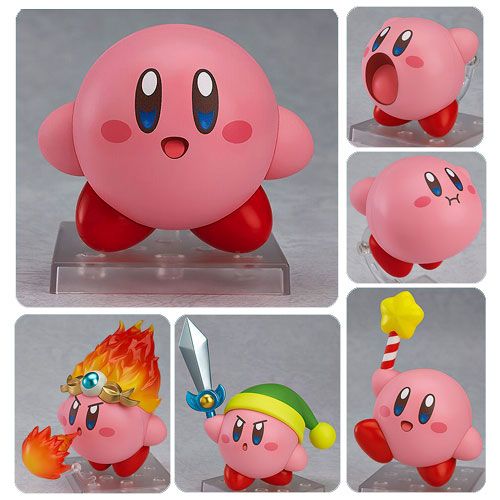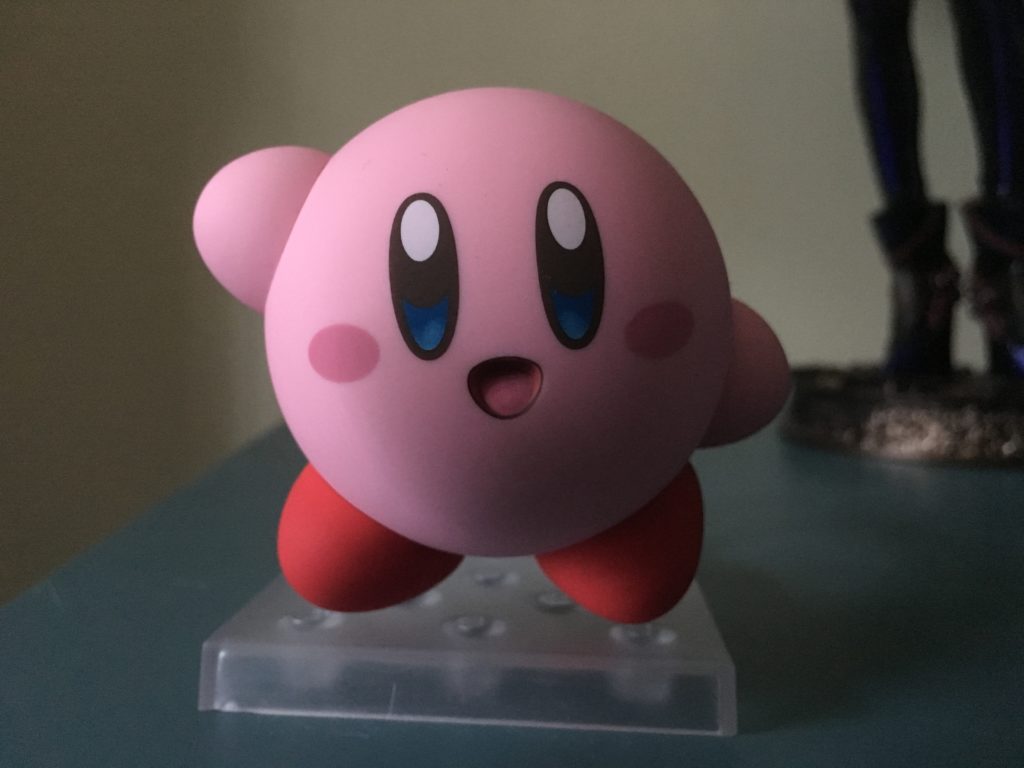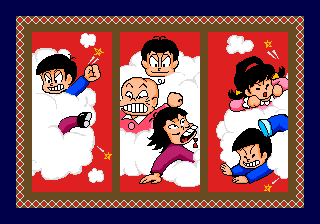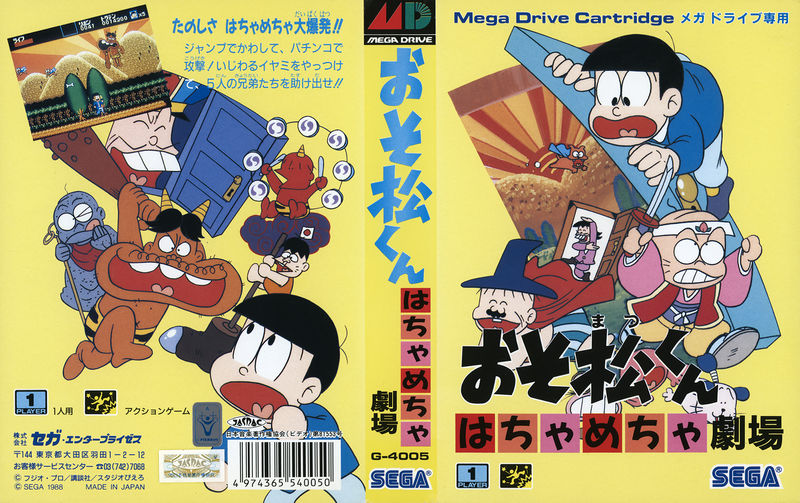As you are more than likely aware, EVO happened this month, and it was a pretty big deal! It was undoubtedly the biggest the event’s ever been, both in terms of attendance and presentation, with a split venue of the Las Vegas Convention Center on Friday and Saturday and the Mandalay Bay Event Center on Sunday. It was also the first time EVO was broadcast on national TV through ESPN2… well, the Street Fighter V part was, anyway. It was a weird transitional year, as EVO experiences the growing pains of wanting to both serve a grassroots fighting-game community, and dealing with the reality that… well, like it or not, the FGC is #esports now.
And, like any year of transition, there were issues. Don’t get me wrong, I had a great time at EVO this year! I did a lot of work for Red Bull eSports that I’m really proud of (check out this KoF feature in particular), saw a lot of friends, and watches some really cool stuff go down. Of course, I also didn’t see certain friends for long enough, didn’t get to set up Fighting Vipers 2 and other obscure competitive games I like, and missed a few legendary matches for the ages. But that’s more personal gripes: this year’s EVO had some more pervasive issues that I heard a lot of folks grumbling about. I’d like to get some of those complaints off my chest here. (I know the folks at home had issues with some of the streams, as well, but since I didn’t see many of those until after the fact, I feel it’s better for me to address the issues with physically attending the event.)
As an FYI: This article’s gonna be rather picture-light, mainly because I’m not about to rip off TempusRob’s great pictures like so many others folks like to do. Go visit him if you want rad EVO photos, because we’re here to talk.
